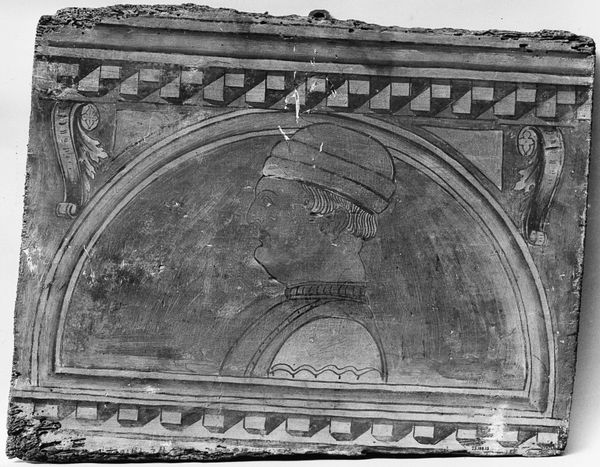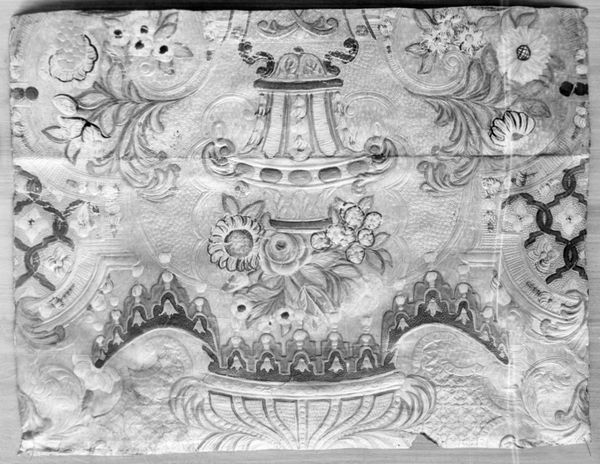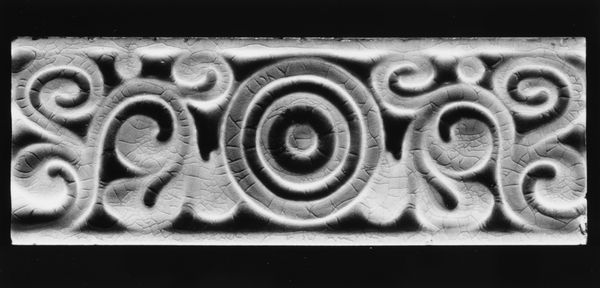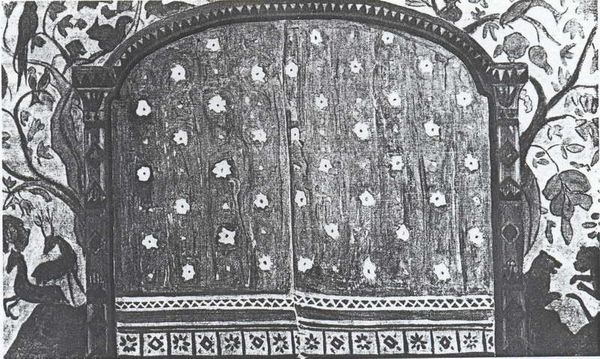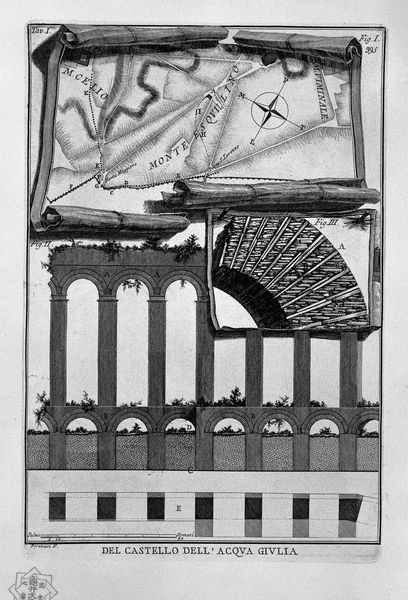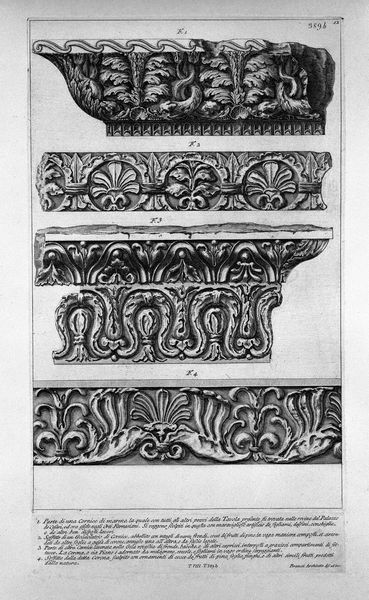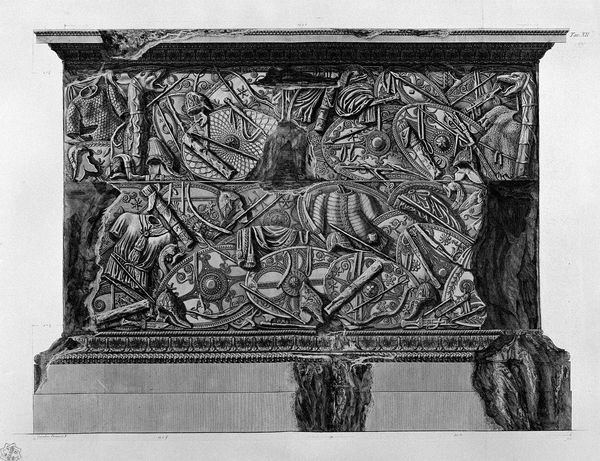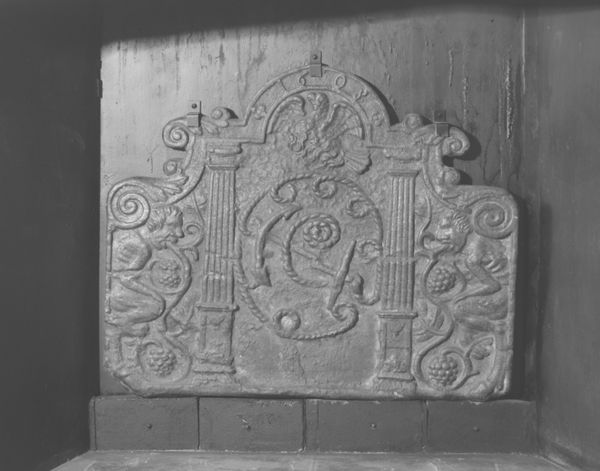
carving, relief, sculpture, marble
#
carving
#
relief
#
romanesque
#
geometric
#
ancient-mediterranean
#
sculpture
#
history-painting
#
marble
#
erotic-art
Copyright: Public domain
Curator: Looking at this intriguing image, we're observing "Sarcofago Dell’arcivescovo Teodoro," a sculpture believed to be carved around 1900 by Giuseppe Barberis. Editor: My first thought? It’s serene. There’s something so eternally peaceful about the stylized imagery of the peacock paired with the solemn finality of death. It evokes stillness and quiet reflection on life’s passage. Curator: Absolutely. The marble reliefs on this sarcophagus function on a public and personal level. It serves as both a testament to Archbishop Theodore's authority and an intimate glimpse into his cultural era. Notice how the grape vines, rendered so meticulously, hint at themes of rebirth, redemption, and ecclesiastical celebration, reflecting ancient Roman aesthetics. Editor: The geometry is remarkable. The interweaving circles containing the peacocks feel almost fractal, a hidden rhythm. It seems designed for contemplative viewing, like a visual mantra almost. But that Chi Rho symbol – I feel that adds an interesting touch. It is a symbolic tension— between something beautiful and life affirming and a more solemn Christian message. Curator: Indeed, the placement and artistic expression within it are deliberate choices shaping theological interpretation and consolidating power through imagery. Consider where such an image would be seen: the impact in ecclesiastical settings. Editor: Funny that it would feature grapes prominently, a pagan symbol for wine and revelry right alongside Christian symbology for everlasting life! You wouldn’t necessarily expect it to also include "erotic-art." Curator: True. In early Christian art, those symbols melded seamlessly. Perhaps a quiet indication that humanity's experiences were embraced. Editor: Maybe Archbishop Theodore wanted to depart with a quiet, stylistic flair! An interesting and artistic blend of solemn remembrance and hopeful continuity carved in stone. I like that this piece asks for your introspection! Curator: It is in that spirit of seeking that artwork such as “Sarcofago Dell’arcivescovo Teodoro” offer spaces for continual questioning in their visual narrative and public reception.
Comments
No comments
Be the first to comment and join the conversation on the ultimate creative platform.

